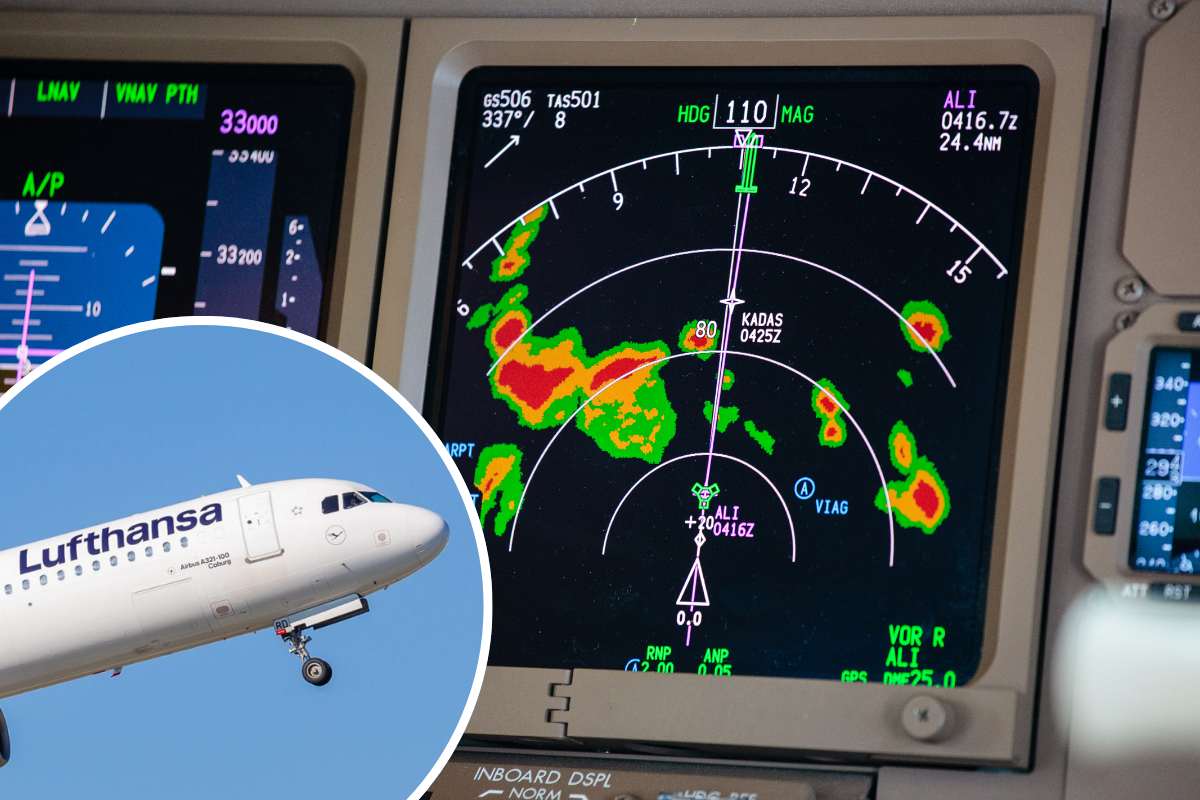
The mystery of why multiple aircraft flying over Belgium on Thursday afternoon suddenly started to transmit an emergency distress call has been solved, and it turns out that some bizarre technical hitch as had first been feared had nothing to do with it.
At least four aircraft overflying Belgium transmitted an emergency code to air traffic controllers around the same time, including a Ryanair flight from Turin to Brussels and an ITA Airways flight from Brussels to Milan.
Feedback from a Maastricht air traffic controller about the several and simultaneous emergency codes over Luxembourg and Belgium yesterday…
— Flight Emergency (@FlightEmergency) May 2, 2024
The pilots on all of these flights had transmitted or ‘squawked’ a special four-digit transponder code, 7700, to air traffic control (ATC), which is an internationally recognised method to declare an emergency without any other radio communication.
Squawking 7700 indicates that there is a problem that requires immediate attention, but it doesn’t necessarily mean that an aircraft is in dire need of help, and the vast majority of 7700 squawks are resolved without incident.
Nonetheless, for several flights to all squawk 7700 in close succession all in a general vicinity of each other is pretty odd. Thankfully, the popular Flight Emergency account on social media platform X has got to the bottom of what was going on.
According to a source at Maastricht ATC cited by Flight Emergency, the planes were all trying to avoid thunderstorms that were sweeping across Belgium at the time and an air traffic controller was rerouting them away from an area of cumulonimbus clouds.
It was actually the air traffic controller that told the pilots to start squawking 7700 because the reroute would take them into an area of airspace where military training was taking place.
By squawking 7700, the pilots would be able to easily identify themselves to military commanders and, therefore, avoid a serious incident.
So, although the 7700 code is normally reserved for emergency situations, it turns out that this is also an acceptable practice if flights have to be rerouted into airspace that has been reserved for military activity.
In recent years, popular flight-tracking websites like Flight Radar 24 have given members of the public the ability to identify and track flights that are squawking 7700, although it’s important to note that actually inflight emergencies remain extremely rare.
And by the way, sometimes very serious inflight emergencies can take place and the pilots never get around to squawking 7700. For example, the Alaska Airlines flight that lost a mid-cabin exit door plug earlier this year didn’t squawk 7700 because the pilots were already in contact with ATC.
Mateusz Maszczynski honed his skills as an international flight attendant at the most prominent airline in the Middle East and has been flying throughout the COVID-19 pandemic for a well-known European airline. Matt is passionate about the aviation industry and has become an expert in passenger experience and human-centric stories. Always keeping an ear close to the ground, Matt's industry insights, analysis and news coverage is frequently relied upon by some of the biggest names in journalism.









